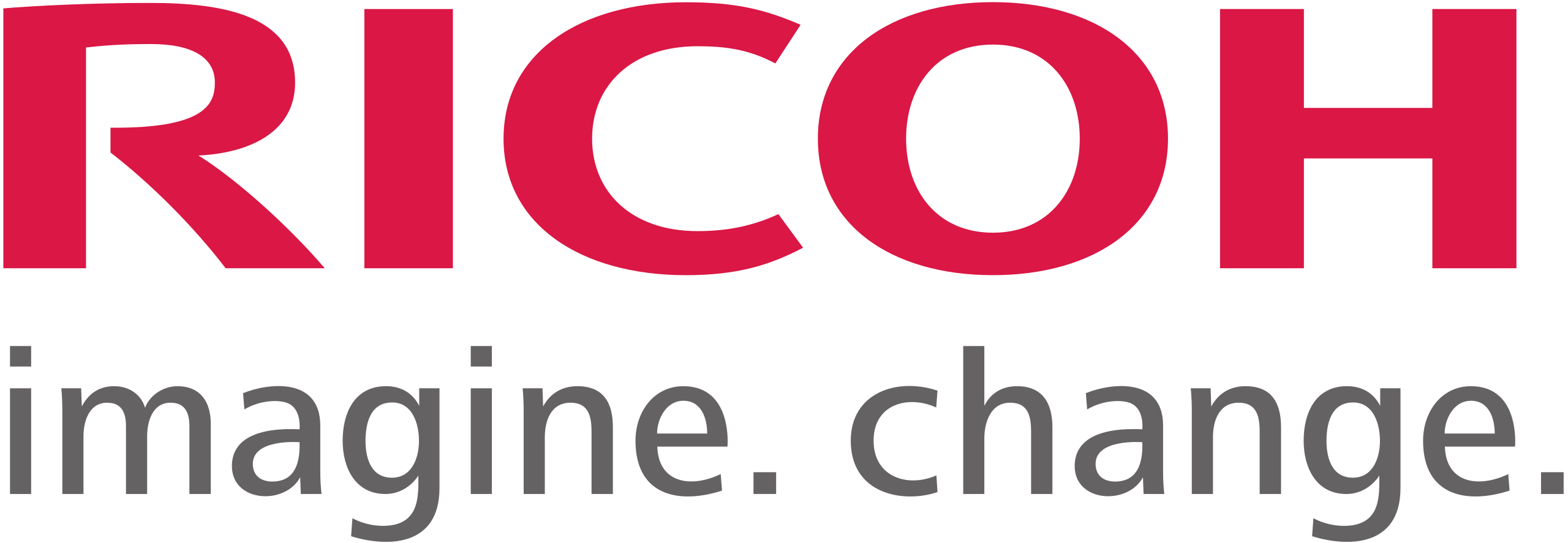6 min read
Tracing the Blueprint: A Comprehensive History of Copiers
By:
Standley Systems Staff
on
May 6, 2024
Updated: May 6, 2024
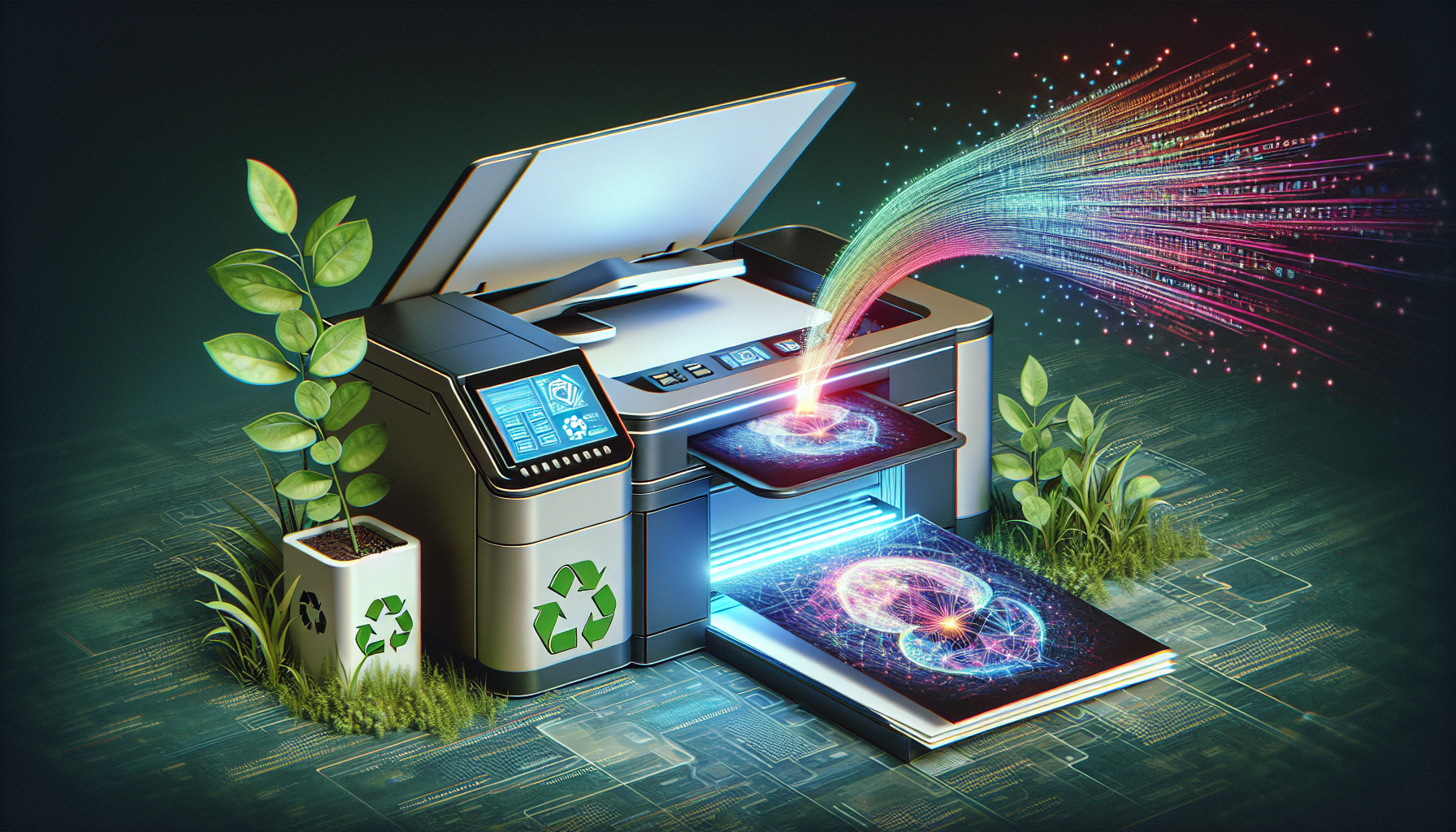
One pivotal invention in 1938 revolutionized the way we duplicate information: the photocopier. The history of copiers reflects an inspiring journey from analog machines that turned the monotonous task of copying into a simple push-button operation, to today’s digital powerhouses that integrate with global networks. Discover the key milestones in copier technology that have streamlined office work and continue to drive innovation in document management.
Key Takeaways
-
The invention of xerography by Chester Carlson in 1938 revolutionized document duplication, leading to the eventual rise of the Xerox Corporation and the iconic Xerox 914 copier, which vastly improved office workflows.
-
Copier technology has continuously evolved, with modern machines featuring digital capabilities, enhanced image quality, network connectivity for remote printing, and advanced document management functions, courtesy of companies like Xerox and Ricoh.
-
The future of copiers is expected to be driven by AI and digital advancements, focusing on high-speed and high-accuracy processing, energy efficiency, and sustainable manufacturing, tailored to meet the changing needs of businesses and environments.
The Genesis of Xerography
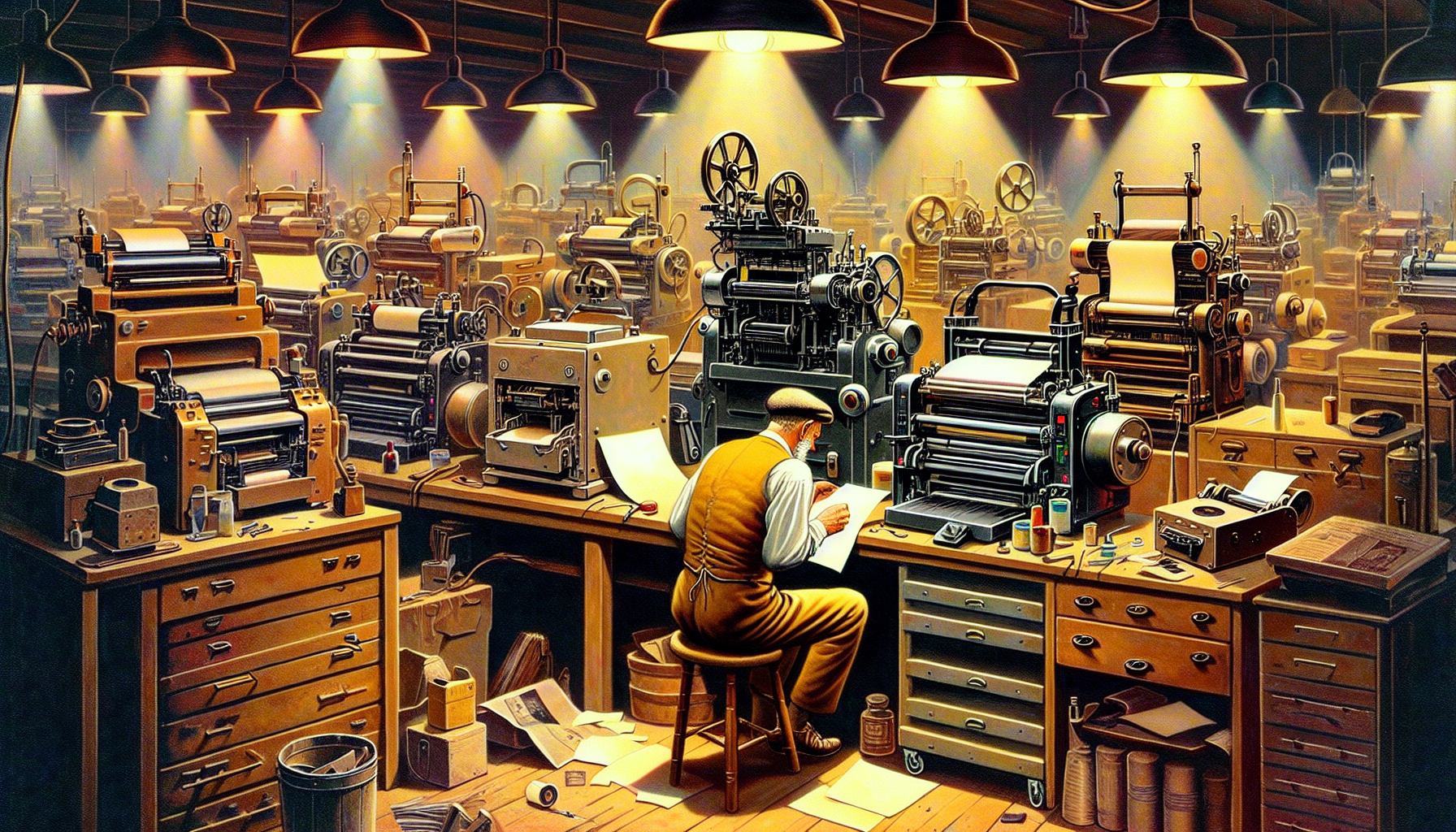
Late in the 1930s, patent attorney and physicist Chester Carlson reached a point of frustration with the tedious process of duplicating documents. In a makeshift lab, he used his background in printing and patent law as a foundation to develop a novel copying process. Thus, xerography was born, a technological advancement that would fundamentally alter our approach to document duplication.
On October 22, 1938, in an unassuming rented room in Astoria, Queens, Carlson and his assistant Otto Kornei conducted successful experiments, producing the first image with the message ‘10.-22.-38 ASTORIA’.
The Birth of Dry Writing
The invention of xerography, derived from the Greek for ‘dry writing’, was a landmark achievement that marked the beginning of a new era in document reproduction, moving away from traditional methods like carbon paper. Chester Carlson created the world’s first photocopy in spite of skepticism and rejection from large corporations. His journey to this pivotal achievement was marked by numerous hurdles, encompassing health issues and sulfur fires resulting from his experiments.
From Concept to Reality
It was not until 1947, nearly a decade after the initial breakthrough, that the potential of Carlson’s invention was recognized. Joseph C. Wilson, from the Haloid Corporation, acknowledged the potential of xerography. His collaboration with Carlson sparked a revolution in office technology, ultimately transforming Haloid into the Xerox Corporation.
This partnership resulted in the development of the Xerox 914, the first commercially successful copier and a testament to the perseverance of Carlson and his belief in the transformative potential of xerography, as well as the first electrostatic color copier.
The Rise of Xerox Machines

The 1960s saw the Xerox 914 rise to prominence, catapulting the Haloid Company into the limelight as the Xerox Corporation. The brand quickly became a byword for copying. As the company’s flagship product, the Xerox 914 revolutionized office dynamics, rendering the cumbersome process of creating duplicates obsolete.
This machine’s introduction marked a significant evolution in business technology, paving the way for multifunctional copier machines that would eventually incorporate printing, scanning, and faxing, all in one copying machine.
The Iconic Xerox 914
Introduced in 1959, the Xerox 914 was a game-changer in the xerox machine industry. Named after its ability to make copies up to 9 by 14 inches, this hefty machine was capable of producing the first copy in 15 seconds and 7.5 seconds for each subsequent copy, a feat that revolutionized office workflows.
The Xerox 914 was shipped to its first customer on March 1, 1960, marking the beginning of a new era in document reproduction.
Meeting EVOLVING CustomeR Needs
The evolving office landscape fostered changing user needs. In response, modern copiers have tailored their features to accommodate the rise of remote work, including cloud connectivity and remote management. Cloud-integrated solutions enable secure document storage, easy access from any location, and improved collaboration.
These advancements reflect the continuous innovation within the industry and demonstrate how copiers have evolved from simple duplicating machines to comprehensive document management solutions.
Innovations in Copy Machine Technology
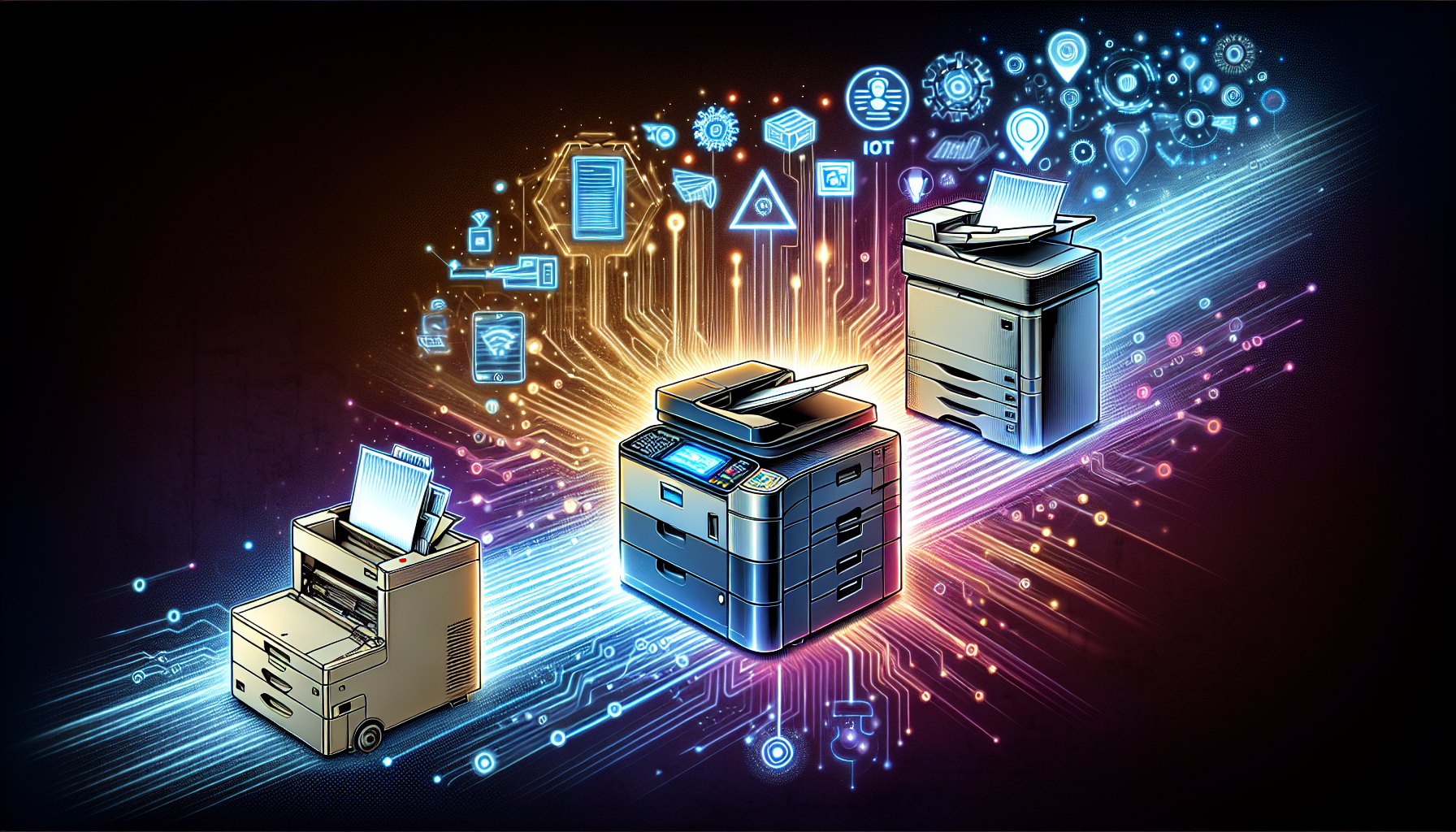
The onset of digital technology ushered in a new generation of copiers. Industry frontrunners such as Xerox and Ricoh spearheaded this wave of innovation. Digital copiers differ significantly from their analog predecessors in terms of image processing, offering enhanced image quality and resolution. These modern machines have advanced processors and memory capacities that enable them to store multiple documents and produce numerous copies rapidly.
The Digital Revolution
The transition to digital copying significantly increased copying machines’ speed and efficiency, enabling them to handle complex print jobs with greater effectiveness. Modern digital copiers feature connectivity to office networks, allowing remote printing and efficient digital document management, alongside handy features like automatic sorting and duplex printing.
These advancements, along with character recognition technology and the integration of AI and IoT, have significantly enhanced office productivity and streamlined document management processes.
The Impact of Photocopiers on Business and Society
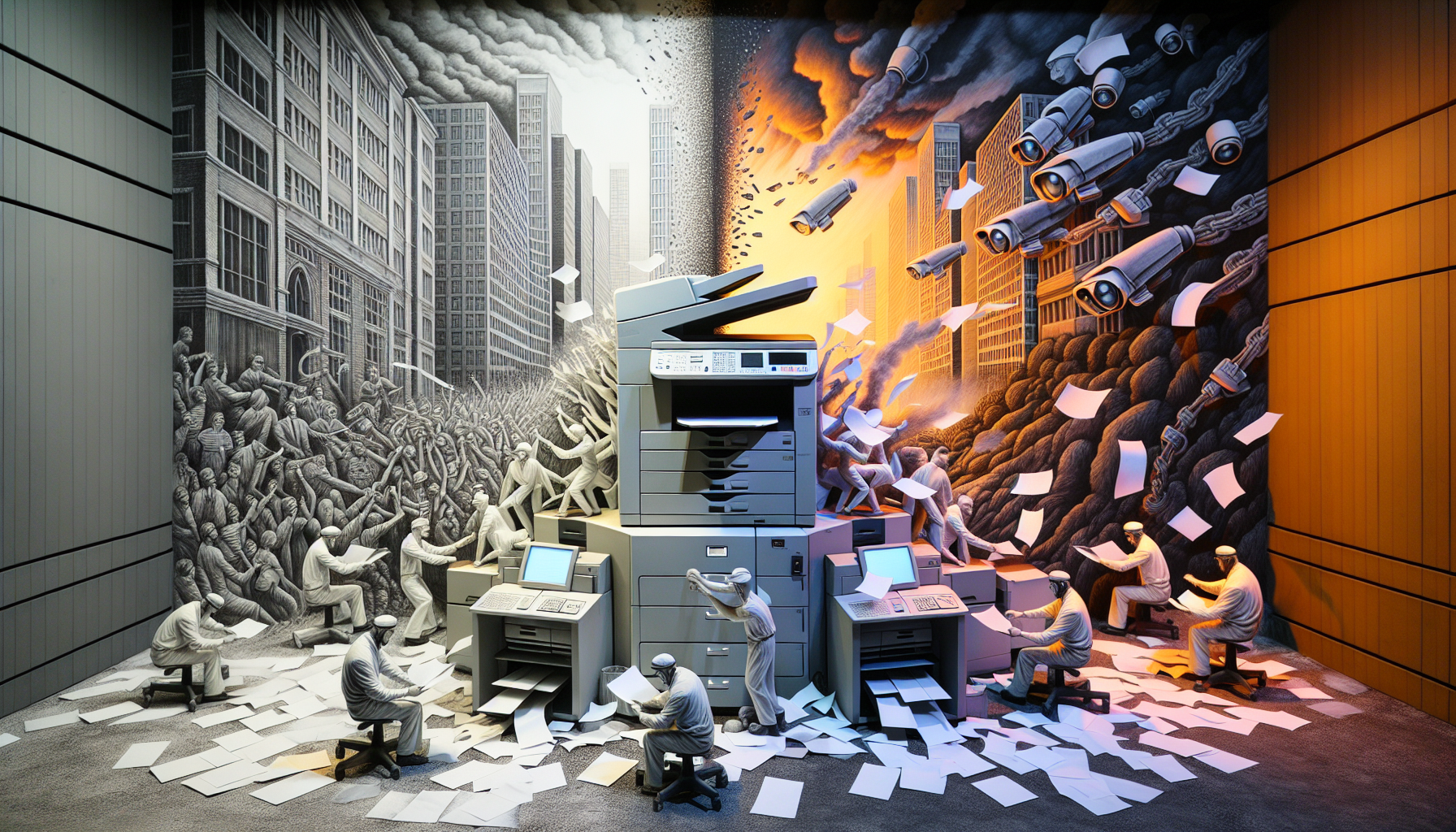
Photocopiers, while practical, have exerted an influential impact on both business and society. They have facilitated the rapid dissemination of printed materials across various sectors, including:
-
Entertainment
-
Healthcare
-
Education
-
Government
-
Legal
-
Business
Additionally, photocopiers have spurred the implementation of security measures to prevent forgery and unauthorized copying of mirror image documents.
In today’s fast-paced business world, photocopying machines have become essential amenities in offices and business establishments, with the printing machinery and supplies industry expected to exceed $21 billion.
The Office Landscape Transformed
Photocopiers’ impact on the office environment is undeniably profound. The debut of the Xerox 914 brought about significant changes in office workflows, enabling up to 2,000 copies per month, each taking roughly seven seconds — a marked reduction in time.
This transformation led to enhanced transparency and easier tracking of document histories and annotations, fundamentally changing the way businesses manage their documents.
Intellectual Property and Legal Considerations
Photocopying’s ubiquity has given rise to intellectual property and legal issues, as well as concerns about the bright light exposure during the process. For instance, several Canadian universities pay royalties for each photocopy produced on their machines to comply with copyright laws, especially when creating multiple copies.
In the United States, photocopied compilations of articles are required to clearly include attribution information, conforming with legal directives.
The Future of Copying: Trends and Predictions

Looking ahead, copier technology is set to continue its evolution, propelled by ongoing advancements in digital technology and shifting workplace requirements. Some key trends to watch out for include:
-
High-speed, high-accuracy image-centric AI processing that enhances image recognition and processing capabilities
-
The introduction of energy-efficient models to promote environmental responsibility
-
The use of sustainable materials in copier manufacturing
These advancements in electrostatic color copier technology will shape the future of copier technology and improve efficiency and sustainability in the workplace.
Businesses are increasingly seeking copiers that offer customization and scalability features to accommodate diverse needs and facilitate growth.
Summary
From Chester Carlson’s initial experiments in a makeshift lab to the high-speed, high-accuracy digital copiers of today, the evolution of copiers has been a journey marked by innovation, persistence, and transformative impact on our society. As we move forward, the future of copying technology promises even more advancements, with the integration of AI and IoT, increased environmental responsibility, and customization features to accommodate diverse needs.
The humble copier, a staple in every office, is a testament to human ingenuity and our relentless pursuit of efficiency and progress.
Frequently Asked Questions
Who invented the first photocopier?
The first photocopier was invented by Chester Carlson. He developed the technology in 1938.
What was the first commercially successful photocopier?
The first commercially successful photocopier was the Xerox 914, introduced in 1959.
How have modern copiers adapted to the rise of remote work?
Modern copiers have adapted to the rise of remote work by offering features like cloud connectivity and remote management, allowing users to easily print and manage documents from different locations.
How has the transition to digital copying affected the copier industry?
The transition to digital copying has improved machine speed, efficiency, image quality, and networking capabilities in the copier industry. This has had a significant impact on improving overall performance and functionality.
What are some of the legal considerations related to photocopying?
When photocopying, it's important to comply with copyright laws and provide proper attribution, especially when creating compilations of articles (2019).
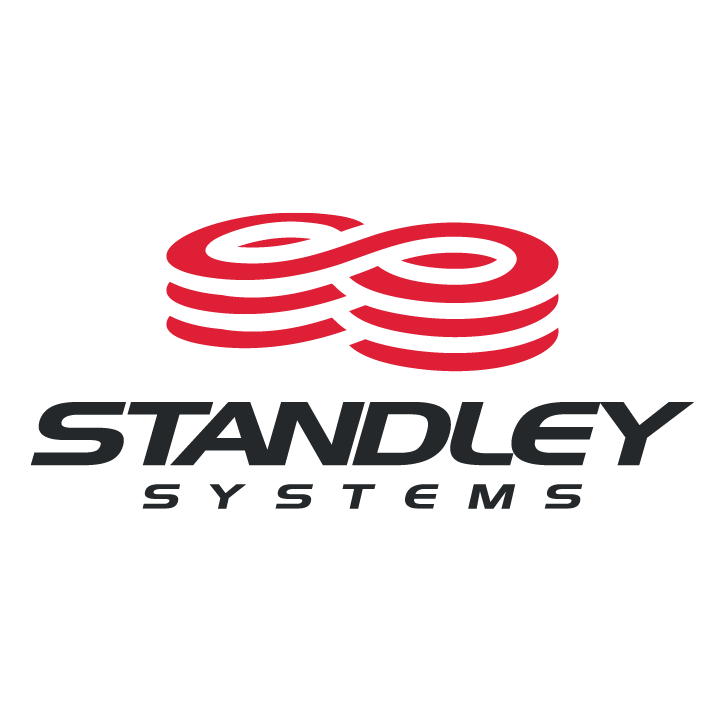
 800-522-3725
800-522-3725 info@standleys.com
info@standleys.com Support
Support
